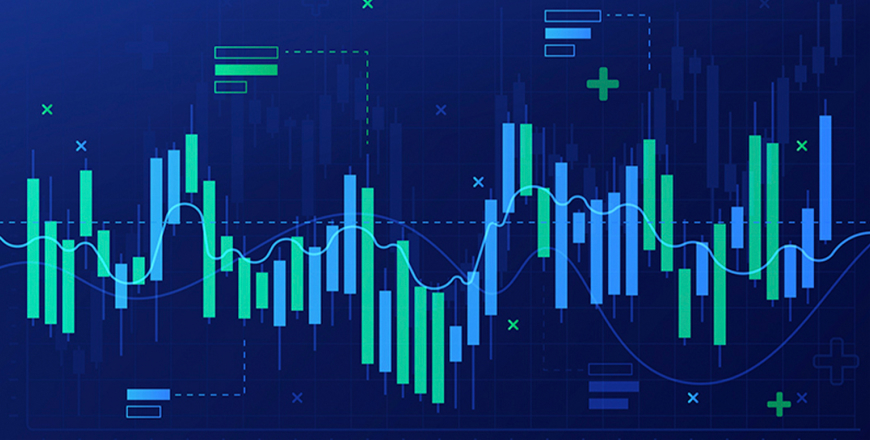How Do I Identify & Avoid Bias in Visualizing Data?

In this course, Dr. Eleanor Small from Kenvue (formerly Johnson & Johnson Consumer Products) shares her professional experience in identifying and avoiding bias in visual data representations such as charts and graphs. This course provides the techniques used to sway opinions and manipulate perceptions through biased visualizations. Dr. Small will highlight these practices with real-world examples from news media and the internet. You will also learn how to create accurate and unbiased graphics and ensure the integrity of your data presentation.
Target Audience
The first half of this course highlights the methods used by politicians, companies, and the news media to bias the presentation of otherwise valid data to create false narratives and sway public opinions. Everybody needs to watch this as a public service, it shows how you can identify fake news and scams.
The second half of this course provides knowledge to individuals who work with data and want their visualization to be accurate and unbiased, including:
- Data Analysis
- Business Analysts
- Researchers
- Journalists
- Anyone interested in data visualization and integrity
Course Prerequisites
This course requires no prior knowledge or experience. It is suitable for individuals at all levels eager to learn about identifying and avoiding bias in data visualization.
Objectives
The course helps you:
- Recognize the techniques used to introduce bias in charts and graphs.
- Understand how biased visualization can manipulate perceptions and opinions.
- Analyze real-work examples to identify potential biases in charts and graphs.
- Apply best practices to create accurate and unbiased data visualizations.
- Develop a critical eye for evaluating graphs and charts in news media and social media.
Topics Covered
The course provides a comprehensive understanding of bias in data visualization and practical strategies to avoid it in your work.
- Introduction to Data Bias in Visualizations
- Standard techniques for introducing bias in Charts and Graphs
- Case Studies: Biased Visualization in News Media and Social Media
- Emotional Responses and Data Skepticism
- Best Practices for Creating Unbiased Data Visualizations
Techniques for Different Types of Data - Tools and Software for Data Visualization
- Ethical Considerations in Data Presentation
Course Modules
The course comprises six modules that provide in-depth knowledge and practical skills for identifying and avoiding bias in visual data representations.
Module-1
Introduction to the course: Dr. Eleanor Small will tell you the course agenda.
Module-2
In this module, you’ll recognize the bias with sub-lessons like
- Five Primary Techniques Used to Mislead a Reader
- Omitting the Baseline
- Manipulating the Axis
- Manipulating the Visual
- Headlines & Annotations that Distract from Data, and more.
Module-3
You’ll know how to choose the correct format, including the difference between table or chart types.
Module-4
This module will help you with the basic inset plots and other data-emphasizing methods.
Module-5
This module guides you through the robustness & misprint proof.
Module-6
In this module, Dr. Small will recap the course and give a closing to the course.
By the End of This Course
You will thoroughly understand how bias can be introduced in visual data representations and its impact on perception. You will be equipped with the skills and knowledge to create accurate and unbiased visualizations, and you will develop a critical eye for evaluating the integrity of visual data in the media and online.
Enroll Now
Learn to know when politicians, companies, and the news media are trying to sway your opinion by biasing how they present otherwise accurate data. Ensure your own charts and graphs are accurate and free from bias by enrolling in “How Do I Identify & Avoid Bias in Visualizing Data?” Gain valuable insights and techniques from Dr. Eleanor Small to enhance the integrity of your data presentations and become a more critical consumer of visual information.
Introduction & Agenda
Dr. Eleanor Small kicks off the course with a look at a few different graphs that tell very different stories, then dives into her background in Consumer Health.
From recognizing bias to preparing clear and robust presentations, Dr. Small previews what’s to come in the presentation.
Recognizing Bias
Understand the techniques commonly used with graphs and infographics to mislead.
Armed with two examples of bar graphs zooming in on the Y axis, Dr. Small explains what omitting the baseline means.
See several examples of graphs where the axis has been manipulated.
Dr. Small discusses the various ways in which graphs can visually be manipulated.
Learn how headlines or annotations can manipulate data so things are not really what they seem.
See two examples of when the wrong type of graph or graphic was chosen, and how confusing it is to look at the data!
This lesson shows an example of how data input can become biased, even if it’s accidental.
Dr. Small offers examples of hidden bias – an indirect one, and another due to a lack of data.
Choose the Right Format
Do I use a table or a chart? Find out how to choose the right format for your data.
From bar charts to bubble charts, Dr. Small explains how to know what the different types of charts are used for.
This lesson discusses when it makes sense to use a logarithmic scale instead of a linear scale.
Depending on how balanced your data is or how much data you have, you’ll want to choose a particular scale or a table vs. a chart. Here are some factors to consider, illustrated with examples.
Even if you have a complicated point to get across with your data, you can still find a way to present it clearly! Dr. Small shows you an example of how.
Highlight the Critical Data
Go over the basic elements of what you need to have when presenting your data.
When should you use an inset plot? Dr. Small discusses in which situations it should be used.
Understand how to use color to highlight a certain piece of data on a graph.
Robustness: Clear & Misprint-Proof
Learn some tips for “idiot-proofing” your data so you can get your point across, no matter what printing or technology issues you may encounter when presenting.
Recap & Closing
Dr. Small revisits the agenda items from the beginning of the presentation to recap the points we learned and answers a question about the viral illness graphs in the first lesson.

